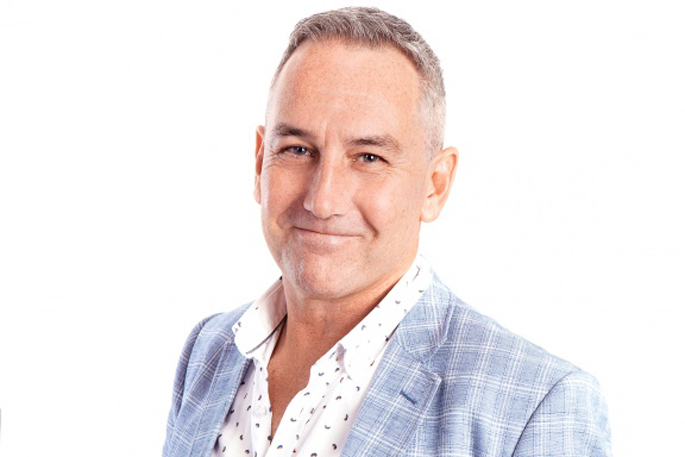The Mental Health Foundation has released a new video series: Connecting through Korero, in an effort to get people talking about suicide.
The videos are for adults who want to start a conversation with young people about suicide.
The Connecting Through Korero suite of resources first launched with an online resource, which includes helpful conversation starters, things to avoid when discussing suicide, answers to tricky questions and where to turn to for more support.
The resource quickly became one of the foundation's most popular resources.
'We developed the online Connecting Through Korero resource because we knew young people were talking to each other about suicide, but those conversations weren't necessarily as safe and supportive as they could be. We wanted to encourage adults to join the korero and talk with their young people about suicide and, critically, suicide prevention,” says MHF chief executive Shaun Robinson.
'Through testing, we found our audience wanted further guidance – to be shown what to say, and how and when to say it. That's why we've developed these videos.”
Each video covers a different scenario. The scenarios are based on feedback from family and whanau of young people about the kinds of conversations they felt they needed support with: How to talk when a celebrity dies; talking to young people when suicide is in the media; what to do when young people joke about suicide; safe talk about suicide; and how to help when a young person's supporting a mate.
The videos were made in collaboration with teachers, social workers, counsellors, parents, whanau and youth health organisations. The video depicting a young person supporting a mate was created in partnership with Te Kaha O Te Rangatahi Trust.
 MHF chief executive Shaun Robinson.
MHF chief executive Shaun Robinson.
'These stories represent real life situations and show that simple, clear connection between adults and young people will make the tough conversations a little bit easier and helps to create trust and connections,” says Shaun.
'They help us all to play a role in suicide prevention by talking with our young people and ensuring they have the support they need when they have concerns.”
With season three of Netflix's 13 Reasons Why launching, the foundation is hoping these resources will help adults to talk to their young people about what they're watching and how it makes them feel. Overseas research has found links between the first two series and subsequent increases in youth suicide numbers.
'We know portrayals of suicide, violence and bullying focusing on youth can have a negative impact on vulnerable young people,” says Shaun.
'It's vital caregivers are as well prepared as they can be to step in and offer support and a listening are. These Connecting Through Korero resources offer practical examples of how to hold a safe conversation and answer some of the questions young people may have.”
Previously, the MHF created a number of guide sheets for safe viewing of season one and season two of 13 Reasons Why. They are still relevant as there will be new viewers and young people revisiting those series.
To view the five videos and the online resource, visit: www.mentalhealth.org.nz/korero



2 comments
Ask someone who loves LIFE ..
Posted on 27-08-2019 13:17 | By Glenn Holmes
..because I did, and I was twenty..now I am well over 55. Suicide wasn't talked about much in the 20th Century...we had seen enough wars. Now I have a roof, a kitchen, a surfboard & a score of close friends. Aloha..
Food for thought
Posted on 27-08-2019 18:22 | By Walbuck
Suicide rates were found to decline during the major world wars of this century in both men and women and in both participating and non-participating nations. The increase in suicide rates after the conclusion of the wars, however, was not as pronounced.
Leave a Comment
You must be logged in to make a comment.